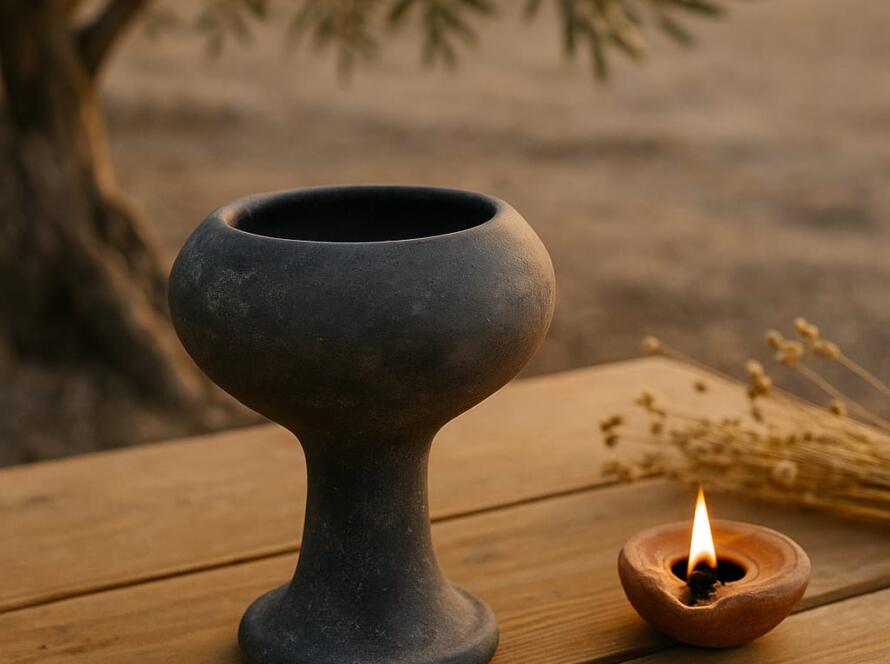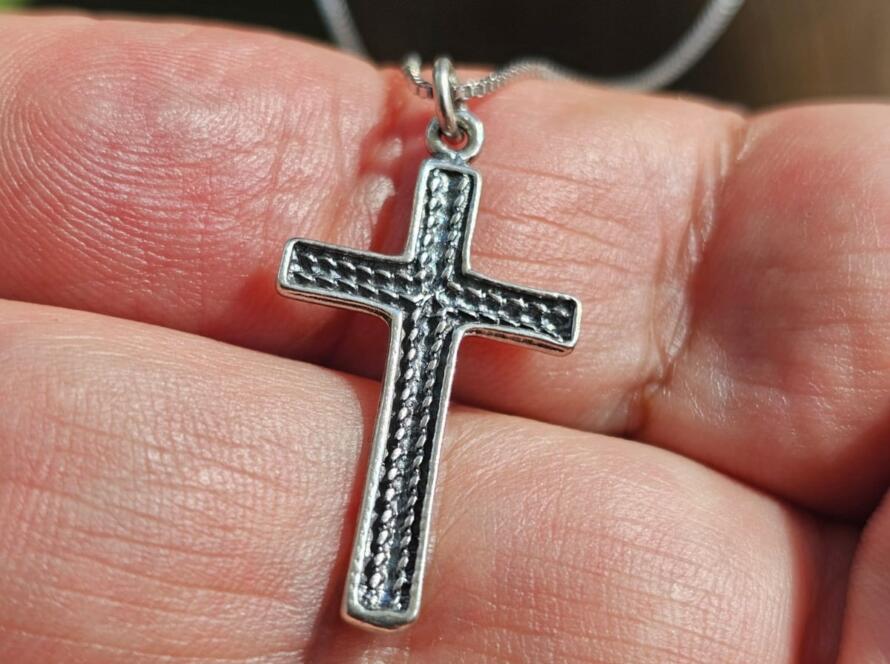Summary
How Incense Was Made in Jesus’ Time — A Historical & Biblical Guide
How Incense Was Made in Jesus’ Time — A Historical & Biblical Guide
Discover the ancient process, ingredients, sacred rituals, and spiritual purpose behind biblical incense.
https://holylandmerchandise.com/product-category/incense-burners-incense/
Introduction: Why Understanding Ancient Incense Matters Today
Incense has always played a central role in Christian tradition, Jewish worship, and the religious life of the ancient Near East. When we imagine the world of Jesus — the Temple in Jerusalem, synagogues in Galilee, homes filled with olive oil lamps, and markets rich with spices — incense was everywhere.
Understanding how incense was made in Jesus’ time helps modern Christians appreciate the deep meaning behind biblical worship, the symbolism of prayer rising to heaven, and the sacred aromas that shaped spiritual life during the time of Christ.
⭐ 1. Incense in the Ancient World: Cultural and Biblical Importance
1.1 Incense as a Sacred Practice
In the ancient Jewish world, incense was not simply a fragrance — it was a holy element of worship, purity, and spiritual symbolism. Both the Old and New Testaments reference incense as a form of offering and prayer.
-
“Let my prayer be counted as incense before you.” (Psalm 141:2)
-
Revelation describes heavenly worship filled with incense.
-
The Wise Men brought both frankincense and myrrh to the newborn Jesus.
This shows that incense in Jesus’ time was deeply connected to adoration, reverence, and divine presence.
1.2 Incense in the Second Temple Period
During Jesus’ lifetime, the Jerusalem Temple was the heart of Jewish worship. Priests burned incense on the Golden Altar twice a day — a ritual so sacred that only certain priests were allowed to perform it.
The smell of incense was a symbol of God’s presence, and pilgrims visiting Jerusalem would have encountered its aroma regularly.
⭐ 2. The Ingredients Used in Incense During Jesus’ Time
2.1 The Four Biblical Ingredients
The recipe for sacred incense appears in Exodus 30:34–38, which gives a precise blend used exclusively in temple worship:
✔ 1. Frankincense
A resin with a bright, citrus-like aroma.
✔ 2. Myrrh (or stacte)
A warm, balsamic resin often associated with burial and holiness.
✔ 3. Onycha
Derived from marine mollusk shells, providing depth and smokiness.
✔ 4. Galbanum
A sticky resin with earthy and spicy notes.
Together they created a complex, sacred fragrance unlike anything used in daily life.
2.2 Common Everyday Incense Ingredients
Not all incense in Jesus’ time was the strictly religious formula. Everyday incense — burned in homes, markets, and gatherings — included:
-
Olive wood charcoal
-
Myrrh
-
Frankincense
-
Spikenard
-
Cedarwood
-
Balsam
-
Cinnamon
-
Cassia
-
Resin from Arabian and Judean trees
These household blends were used for healing, purification, fragrance, and hospitality.
⭐ 3. How Incense Was Harvested and Collected in the Time of Jesus
3.1 Harvesting Frankincense Resin
Frankincense trees grew mainly in:
-
Southern Arabia (Oman & Yemen)
-
Ethiopia
-
Somalia
-
Parts of Jordan and the Negev desert
To collect resin:
-
Workers made small incisions in the tree bark.
-
A milky sap oozed out and hardened into crystals.
-
After several weeks, the resin was scraped off and collected.
-
The best-quality frankincense was almost translucent.
This ancient process is often referenced in long-tail keyword searches such as “how frankincense resin was harvested in biblical times.”
3.2 Harvesting Myrrh Resin
Myrrh trees grow in similarly dry, desert climates. Their resin is darker, thicker, and more aromatic.
Myrrh played several roles:
-
Perfume
-
Medicine
-
Burial ointment
-
Ritual incense
-
Anointing oil
biblical process for gathering myrrh resin
⭐ 4. How Incense Was Made in Jesus’ Time (Step-by-Step Process)
This is one of the most commonly searched long-tail queries online today:
“how incense was made in ancient Israel.”
Here is the process:
Step 1: Collecting the Resins
Frankincense, myrrh, galbanum, and other resins were cleaned, dried, and sorted based on quality.
Step 2: Grinding the Ingredients
The resins were crushed into fine powder using:
-
Mortar and pestle
-
Stone grinders
-
Bronze tools
The goal was to reach a uniform, smooth consistency.
Step 3: Mixing with Oils or Binders
Ancient incense makers sometimes added:
-
Honey
-
Olive oil
-
Wine
-
Floral extracts
-
Salt
The Temple incense, however, used no oils — only pure resins.
Step 4: Forming the Incense Cakes
The powders were shaped into small pellets or cakes and left to dry.
Step 5: Burning Over Charcoal
Olive wood charcoal was the preferred heat source.
Its slow burn allowed incense to:
-
Release aroma steadily
-
Produce minimal soot
-
Fill the room or courtyard with fragrance
⭐ 5. The Spiritual Symbolism of Incense in Jesus’ World
5.1 Incense as Prayer
Just like the smoke rises toward heaven, so do the prayers of believers. This symbolism appears in:
-
Psalms
-
Revelation
-
Early Christian writings
5.2 Incense as Purification
Homes, synagogues, and sacred spaces used incense to cleanse the air spiritually and physically.
5.3 Incense as Healing
Frankincense and myrrh were famous for:
-
Their anti-inflammatory properties
-
Wound care
-
Treating infections
-
Enhancing meditation
5.4 Incense as Worship
In Temple worship and early Christian gatherings, incense marked holy moments.
⭐ 6. Incense in the Life of Jesus
1. The Magi brought frankincense and myrrh to the infant Jesus
These gifts symbolized:
-
Divinity (frankincense)
-
Sacrifice and suffering (myrrh)
2. Myrrh was used during Jesus’ burial
Nicodemus brought a mixture of myrrh and aloes, according to John 19:39.
3. Incense was part of synagogue worship
Jesus would have grown up around its aroma.
“how incense was used around Jesus during His life and ministry.”
⭐ 7. Archaeological Evidence for Ancient Incense Production
7.1 The Incense Route
Caravans carried incense from Arabia through:
-
Petra
-
Judea
These trade routes are well-documented.
7.2 Ancient Incense Burners Found in Israel
Archaeologists have uncovered:
-
Bronze censers
-
Clay incense cups
-
Charcoal bowls
-
Temple altars
7.3 Temple Scroll Evidence from Qumran
Dead Sea Scrolls include:
-
Alternate incense recipes
-
Ritual purification instructions
This supports scholarly research into “aromatic resins used in Second Temple incense production.”
⭐ 8. How Today’s Holy Land Incense Reflects Ancient Traditions
Modern incense sold from the Holy Land often uses:
-
Frankincense
-
Myrrh
-
Rose resin
-
Amber
-
Sandalwood
-
Olive charcoal
These blends honor the ancient formulas used thousands of years ago.
⭐ Conclusion: Ancient Incense Was More Than Aroma — It Was Worship
Understanding how incense was made in Jesus’ time reveals a world where fragrance, prayer, and Scripture were deeply intertwined.
From the harvesting of frankincense trees to the sacred mix burned in the Jerusalem Temple, incense was a profound symbol of worship, healing, purity, and devotion.
Today, when believers burn church incense or use frankincense and myrrh, they participate in a tradition that stretches back thousands of years — connecting faith, history, and the sacred story of Jesus.





